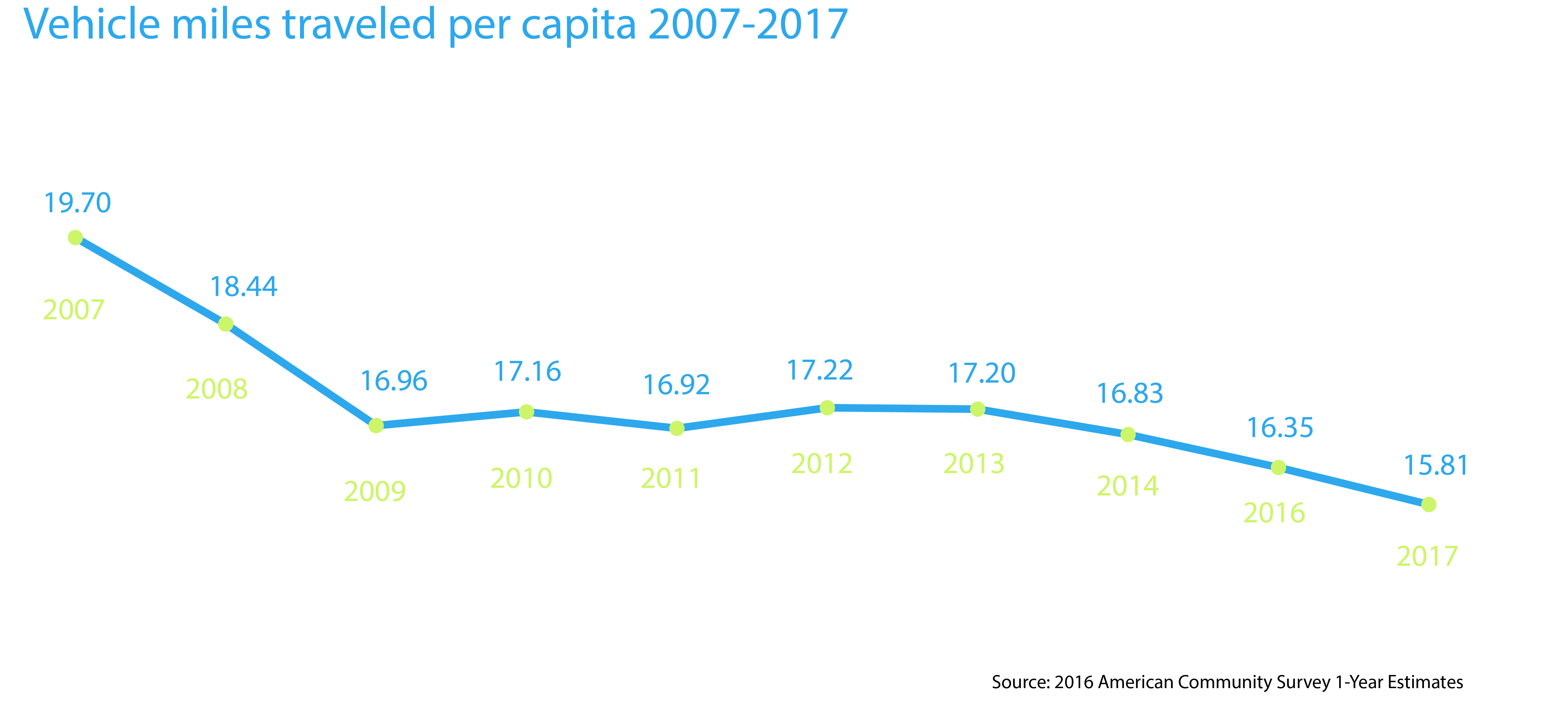Strategy 3 Plan for efficient and practical operations of people walking, biking, and taking micromobility options or transit throughout the street design process.
The actions within this strategy are divided into two categories:
Action we will DOActions we will SUPPORTAction we will do are followed by “DO” and are colored in dark gray, and actions we will support are followed by “SUPPORT” and are colored in light gray.
Learn more about how we get thereMinneapolis has a 2030 mode shift goal of getting to 35% of all trips walking, biking or micromobility, 25% transit (including school bus), and 20% each of multi-occupancy vehicle and driving alone. To get there we need to plan, design and construct streets that provide more options for people to travel more efficiently and make it more convenient for people to make those choices. By pushing back on pre-determined growth in vehicular trips when performing traffic analyses and measuring level of service from a motor vehicle point of view we can ensure a people first future versus continuing a car first approach. The approach in this strategy is to focus street operational and design decisions on daily people throughput without letting the peak vehicular travel hour drive decisions.
VMT chart source: 2001-2017 American Community Survey 1-year estimates and Minnesota Department of Transportation Traffic Data Reports, 2007-2017
Actions to plan for efficient and practical operations of people walking, biking, and taking micromobility or transit throughout the street design process.
Street Operations 3.1
Plan and design for zero or decreasing motor vehicle trip growth and positive growth in other modes for trip forecasting for street projects where the City is the primary implementer. Work with project partners to encourage this approach in project planning when the City is a partner versus a lead.
Supported goals:
Climate Mobility
Related actions:
Difficulty:
Medium
Timeframe:
2020-2023 (Years 0-3)
Status:
On-going
Street Operations 3.2
Discontinue the use of vehicular level of service except where necessary to meet funding, legislative or other jurisdictional requirements.
Level of service is a traditional transportation engineering performance indicator that measures level of delay for motor vehicles through an intersection.
Supported goals:
Mobility
Related actions:
Walking 2.7
Difficulty:
Medium
Timeframe:
2020-2023 (Years 0-3)
Status:
On-going
Street Operations 3.3
Advocate to use potential for mode shift and non-motorized counts as evaluation measures in Regional Solicitation applications.
Supported goals:
Mobility Active Partnerships
Related actions:
Difficulty:
Medium
Timeframe:
2020-2023 (Years 0-3)
Street Operations 3.4
Update the City's assessment policy for street projects to better reflect City policies on complete streets and equity.
Supported goals:
Equity Prosperity Mobility
Related actions:
Difficulty:
High
Timeframe:
2024-2027 (Years 4-7)
Street Operations 3.5
Oppose freeway expansion within the city, to not repeat the historic harm it has caused in dividing communities and creating barriers, particularly for poorer neighborhoods and in communities of color.
Supported goals:
Climate Safety Equity Prosperity Mobility
Related actions:
Difficulty:
Medium
Timeframe:
2020-2023 (Years 0-3)
Status:
On-going

